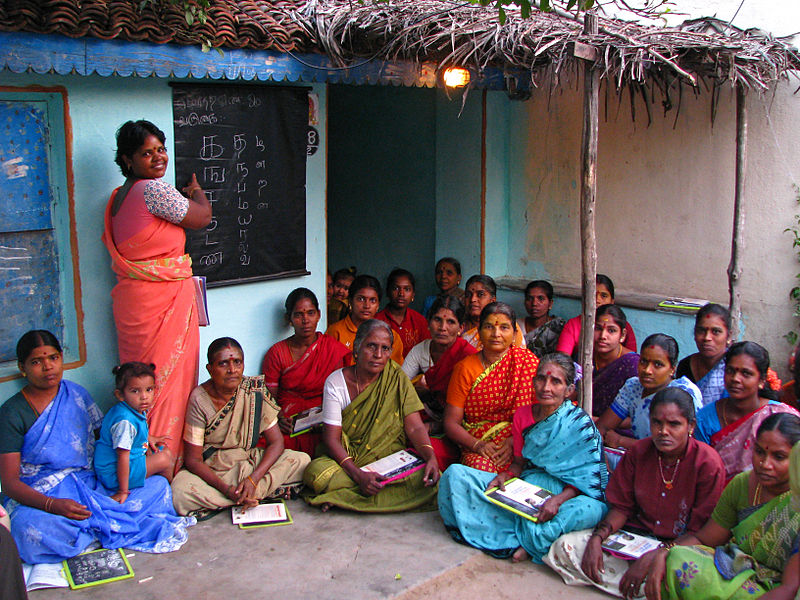Last week, Sitra published my report, Asia challenges us to reinvent the Western state and democratic system (in Finnish), in which I discussed the rise of societies within the Chinese cultural sphere, especially in East Asia, and the resulting pressure to change on Western societies, including Finland. In the report, I described how our existing democratic system is now coming into contact with an operating model that is gaining strength in Eastern societies and, compared to its Western counterpart, has more economic and strategic power and competitiveness.
While not part of East Asia, India also plays a role in powering the Asian century. China and India are two emerging Asian giants, competing against each other both economically and politically.
What is India’s strategy for the future and what about its development prospects?
In the last twenty years, China and India have nearly tripled their share of the global economy. Based on purchasing power parity (PPP) valuation, India’s economy is roughly the same size as Japan’s. Goldman Sachs estimates that India’s economy will surpass the US economy by 2043. India’s population is expected to exceed that of China in two decades. An important consideration is the rising educated middle class, which is believed to help India thrive as part of the Asian century.
On the other hand, while China has succeeded in empowering 400 million of its citizens to rise out of poverty in recent decades, India still has the world’s largest concentration of poor people: in 2010, 840 million Indians lived on 1.7 euros a day and 400 million on less than one euro.
India is focusing on urban agglomeration while becoming the most populated country in the world. It will face major challenges and problems in the future in terms of how to provide a functioning city infrastructure, new jobs, clean drinking water and food, the key requirements of urbanisation, to hundreds of millions of people alongside a development pace that is almost chaotic.
The Director General of the National Council of Applied Economic Research in New Delhi, Shekhar Shah, sees three possible future scenarios for India.
- In the most favourable scenario, India gains greatly from the East Asia-driven rise of the continent and becomes part of Asia’s global success story. India’s young population and its demographic trend – that is more sustainable than that of other Asian countries – attracts industrial investment to the country and creates jobs. An educated middle class and the young generation’s innovativeness increase the global competitiveness of Indian products and services.
- In the second, less welcome scenario, India cannot transform socially and politically and becomes stagnant. It can take advantage of Asia’s growth in some areas and participate in the discussion on Asia’s future through the Association of Southeast Asian Nations (ASEAN), for example, but it falls behind relative to other Asian countries. India’s economic growth cannot keep up with the pace of other South Asian countries, such as Indonesia.
- The third scenario is not desirable at all. The rise of Asia and the Asian century largely pass India by.
According to Shekhar Shah, whether India can make the first scenario a reality is based on its rapid transformation with regard to the following seven pillars: opening up and connecting better with the global economy and markets; allocating more resources to scientific and technological development and research; enhancing meritocracy when assigning appointments and responsibilities in central and local government; upholding a culture of peace and preventing internal conflicts; adding pragmatism to political decision-making and state leadership; protecting the rule of law; and investing heavily in the national education system.
In general, India needs to be more active. More specifically, it needs to create sustainable and responsible policies that help combat climate change, invest in new energy production technologies, and find a way to provide clean water for its citizens, which is just one of its massive domestic challenges. India also needs to take control and fix its chronic problems, such as the inefficiency of public-sector decision-making and service production, and its widespread corruption.
Quite similar to China’s goals, I would say.





Recommended